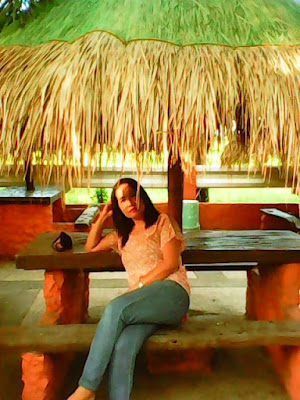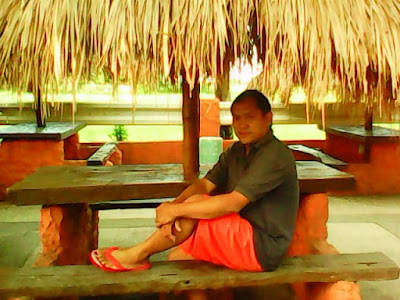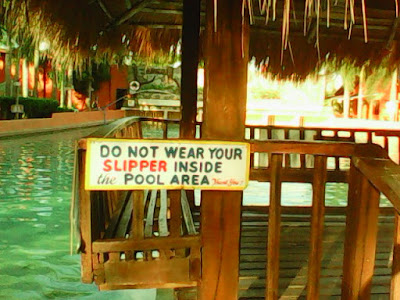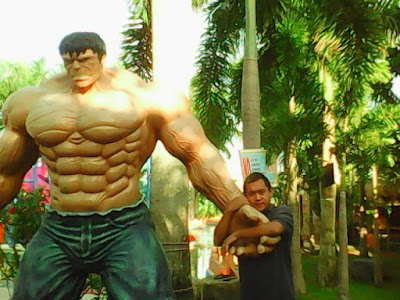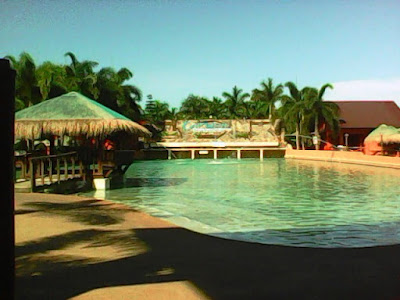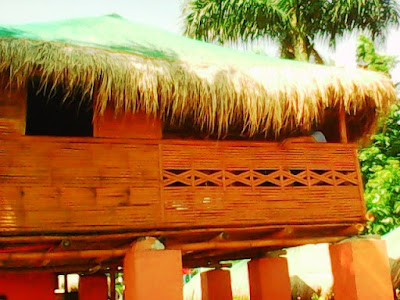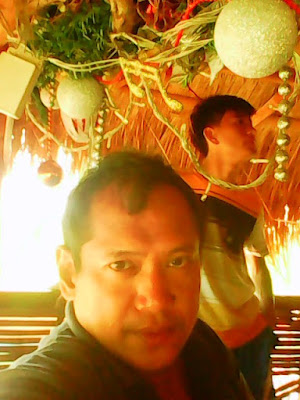The island is 5 km from west to east and 8 km from north to south.
Carabao is rounded by pure white powdered beaches with dark green palm trees, crystal clear blue water and a deep blue sky with white clouds. The capitol of Carabao is the "City" San Jose which is 5 -10ish buildings large. White Beach Dive & Kite Resort is located on White Beach at the west side of Carabao. San Jose can be reached within 10 minutes by motorbike.

In the earlier days, San Jose was known as AGCOGON because of its wilderness before, covered by trick brushes, cogon grass and forest. There were no people to disturb its white sandy shore, undulating hills and green grasses. Its original inhabitants were Negritoes who migrated from the island of Panay. Nobody can tell as to when, where and how this Negritoes come to this island. However, many historians believed and wrote that they were in the Philippines when it was still connected with the so called land bridges. The island back then was called HAMBIL, because of its: „anvil“ shape popular to the people of Panay who crossed the narrow channel between Panay and Hambil in small fast sailing boats and acquire and settle in the place, converted the forest into Agricultural land.

During the Spanish colonization, the island was called ISLA DE CARABAO or CARABAO ISLAND because it was noticeable abundant of cattle and carabao producer. The island originally was part of a barrio of the Municipality of Looc/Tablas in the early decades of the 19th Century and later become a barrio of the Municipality of Santa Fe/Tablas, when it separated from the former.
In June 18, 1961, Hon. Jose D. Moreno the lone Representative of Romblon then sponsored a Bill which congress finally approved creating the island into a Municipality of Santa Fe.Later on June 18, 1965, Congressman Moreno again exerted effort to make the island an independent Municipality taken from Santa Fe and renamed the island to San Jose under Executive Order No. 184 dated June 23, 1969. It´s corporate existence started when its first set of officials had been qualified and assumed to office in year 1964. San Jose is made up of fice Barangay namely: Combot, Busay, Lanas, Pinamihagan and Poblacion.
The Island Municipality of San Jose is located at the southern direction of Tablas island. It is located between the island of Boracay at the northern tip of Panay and Tablas facing the vast Sibuyan Sea on the east, the Tablas straight on the west.














































































